Recent Technology: A Look at Some of the Most Exciting Developments in the Tech World
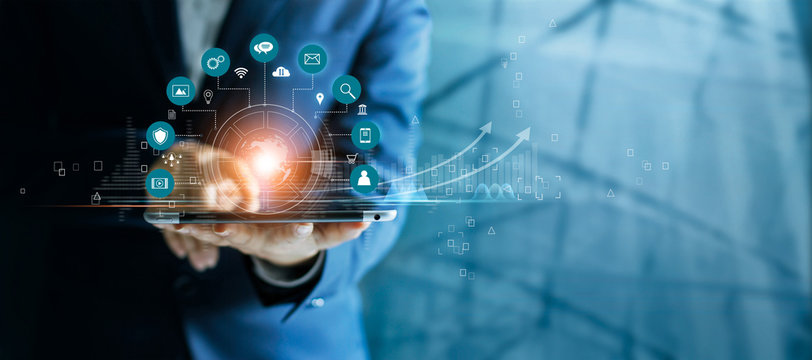
Technology is constantly evolving and advancing, and it can be hard to keep up with all the latest developments. In this article, we'll take a look at some of the most exciting technologies that have recently emerged or are expected to become more widespread in the near future.
5G:
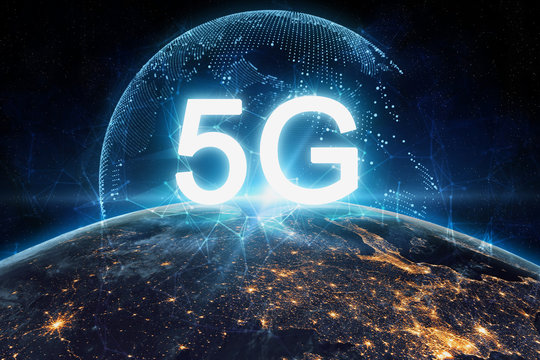
The next generation of mobile technology, 5G, is expected to revolutionize the way we use our devices and connect to the internet. With 5G, we can expect faster download and upload speeds, lower latency, and more stable connections. This means that 5G will be able to support a wide range of new technologies, such as self-driving cars, remote surgeries, and virtual reality experiences.
- 5G is the fifth generation of mobile technology, and it is expected to be a significant upgrade from previous generations.
- 5G networks operate on a higher frequency band than previous generations, which allows for faster speeds and lower latency. This makes 5G ideal for applications that require a high level of responsiveness, such as virtual reality and self-driving cars.
- In addition to faster speeds, 5G is also expected to have a higher capacity than previous generations, which means it will be able to support many devices in a given area. This makes it well-suited for applications that require many connected devices, such as smart cities and large-scale internet of things (IoT) networks.
- One of the challenges of implementing 5G is that it requires many small cells, which are low-power transmitters that cover a small area. These small cells need to be deployed densely to provide coverage, which can be a logistical challenge in some areas.
- 5G is still in the process of rolling out, and it is expected to become more widespread in the coming years. Some of the countries that have already begun to roll out 5G networks include the United States, South Korea, and China.
Artificial intelligence:
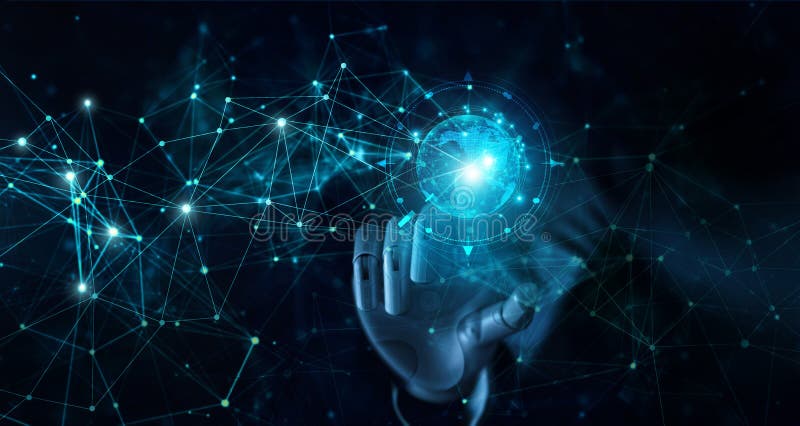
AI has come a long way in recent years, and it is now being used in a variety of industries to improve efficiency and productivity. For example, AI is being used to analyze data and make decisions in finance, healthcare, and retail. It is also being used to create personalized experiences for customers, such as recommending products based on their past purchases.
Artificial intelligence (AI) refers to the development of computer systems that can perform tasks that would normally require human intelligence, such as learning, problem-solving, and decision-making. Here are some additional details on AI:
- There are different types of AI, including narrow or weak AI, which is designed to perform a specific task, and general or strong AI, which is designed to be able to perform any intellectual task that a human can.
- AI algorithms can be trained using large amounts of data and computational power. There are several techniques that can be used to train AI algorithms, including supervised learning, unsupervised learning, and reinforcement learning.
- AI has the potential to revolutionize a wide range of industries, including healthcare, finance, and transportation. For example, AI can be used to analyze medical images to help diagnose diseases, to detect fraudulent transactions in finance, and to improve the efficiency of logistics in transportation.
- There are also concerns about the potential negative impacts of AI, such as job displacement and the potential for misuse. It is important for researchers and policymakers to consider these potential impacts as AI continues to develop.
- Some of the leading companies in the field of AI include Google, Microsoft, and IBM. These companies are actively researching and developing AI technologies and applications.
Augmented reality: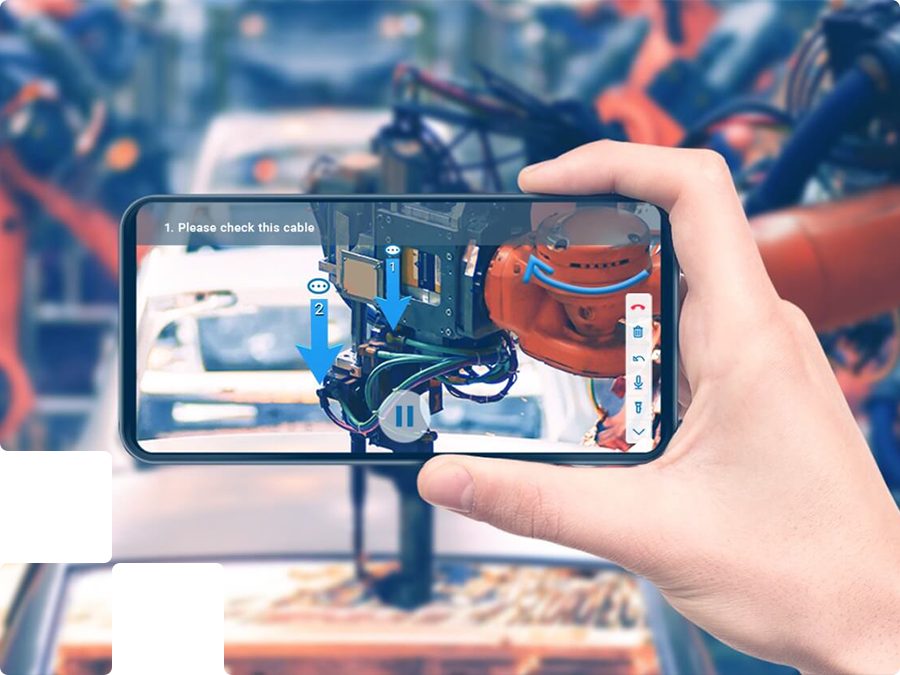
Augmented reality (AR) technology allows users to see a blend of the real world and digital content, such as images and text, through their device's camera. AR has the potential to change the way we interact with the world around us and has already been used in a variety of applications, such as gaming, education, and retail.
Augmented reality (AR) is a technology that allows users to see a blend of the real world and digital content, such as images and text, through their device's camera. Here are some additional details on AR:
- AR can be experienced through a variety of devices, including smartphones, tablets, and specialized AR headsets.
- AR has a wide range of potential applications, including gaming, education, retail, and entertainment. For example, AR games can allow players to interact with virtual objects in the real world, AR educational apps can provide interactive lessons, and AR can be used to create immersive entertainment experiences.
- AR is often used in combination with other technologies, such as virtual reality (VR) and the internet of things (IoT). For example, an AR headset could be used in conjunction with VR to create a fully immersive virtual experience, or AR could be used to display information about IoT-connected devices in the real world.
- Some of the leading companies in the AR field include Microsoft, Google, and Apple. These companies are actively researching and developing AR technologies and applications.
- AR has the potential to change the way we interact with the world around us and has already been used in a variety of applications. However, it is still a relatively new technology, and it is expected to continue to evolve and become more widespread in the coming years.
Quantum computing:
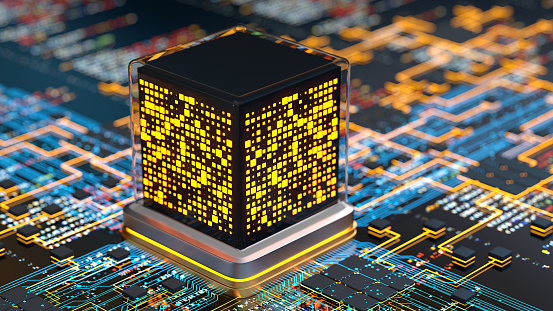
Quantum computers are expected to be able to solve complex problems that are currently beyond the capabilities of classical computers. This technology is still in the early stages of development, but it has the potential to revolutionize fields such as drug discovery, finance, and cybersecurity.
Quantum computing is a technology that uses the principles of quantum mechanics to perform calculations that are currently beyond the capabilities of classical computers. Here are some additional details on quantum computing:
- Classical computers use bits to store and process information, while quantum computers use quantum bits. Quantum bits can represent both a 0 and a 1 simultaneously, which allows quantum computers to perform certain types of calculations much faster than classical computers.
- Quantum computers are still in the early stages of development, and it is expected that they will initially be used to solve specific types of problems that are difficult for classical computers, such as optimizing complex systems or modeling molecules.
- Some of the potential applications of quantum computing include drug discovery, finance, and cybersecurity. For example, quantum computers could be used to search through vast amounts of data to identify patterns and predict outcomes, or to break the encryption used in cybersecurity.
- There are several companies and research organizations that are actively working on quantum computing, including IBM, Google, and Microsoft.
- Quantum computing is a promising technology that has the potential to revolutionize a wide range of industries. However, it is still in the early stages of development and there are many challenges that need to be overcome before it becomes a practical reality.
Internet of Things:
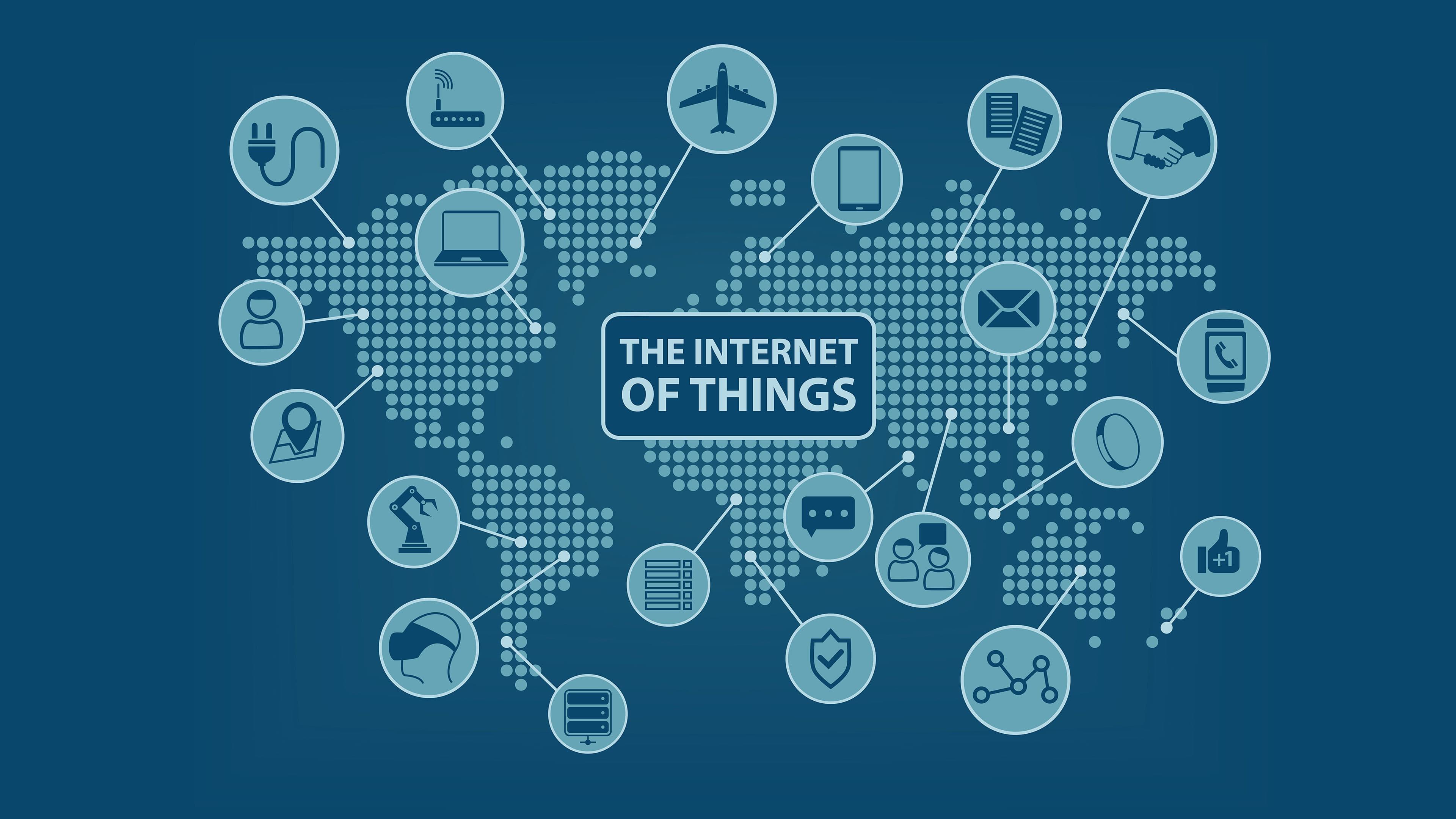
The Internet of Things (IoT) refers to the growing network of internet-connected devices, such as smart thermostats, security cameras, and appliances. These devices are able to collect and share data, which can be used to improve efficiency and convenience. For example, a smart thermostat can learn your schedule and adjust the temperature accordingly to save energy.
The Internet of Things (IoT) refers to the growing network of internet-connected devices, such as smart thermostats, security cameras, and appliances. These devices are able to collect and share data, which can be used to improve efficiency and convenience. Here are some additional details on the IoT:
- The IoT allows devices to communicate with each other and with centralized servers to exchange data. This data can be used to automate tasks and make decisions, such as adjusting the temperature in a smart thermostat based on the weather forecast.
- The IoT has the potential to transform a wide range of industries, including healthcare, transportation, and agriculture. For example, IoT-connected devices could be used to monitor the health of patients remotely to optimize logistics in transportation or to improve crop yields in agriculture.
- Some of the challenges of implementing the IoT include security, privacy, and interoperability. It is important for IoT devices to be secured against cyber threats, and there are also concerns about the potential for personal data to be collected and misused. In addition, there are many different types of IoT devices on the market, which can make it difficult for them to work together seamlessly.
- Some of the leading companies in the IoT field include Cisco, IBM, and Microsoft. These companies are actively researching and developing IoT technologies and applications.
- The IoT is a rapidly evolving technology that has the potential to greatly impact our lives. It is expected to become more widespread in the coming years, and it will be interesting to see how it shapes the way we live and work.
In conclusion, the recent developments in technology are exciting and have the potential to greatly impact our lives. From the faster and more reliable connections of 5G to the problem-solving capabilities of quantum computers, these technologies are sure to shape the future in significant ways.



You must be logged in to post a comment.